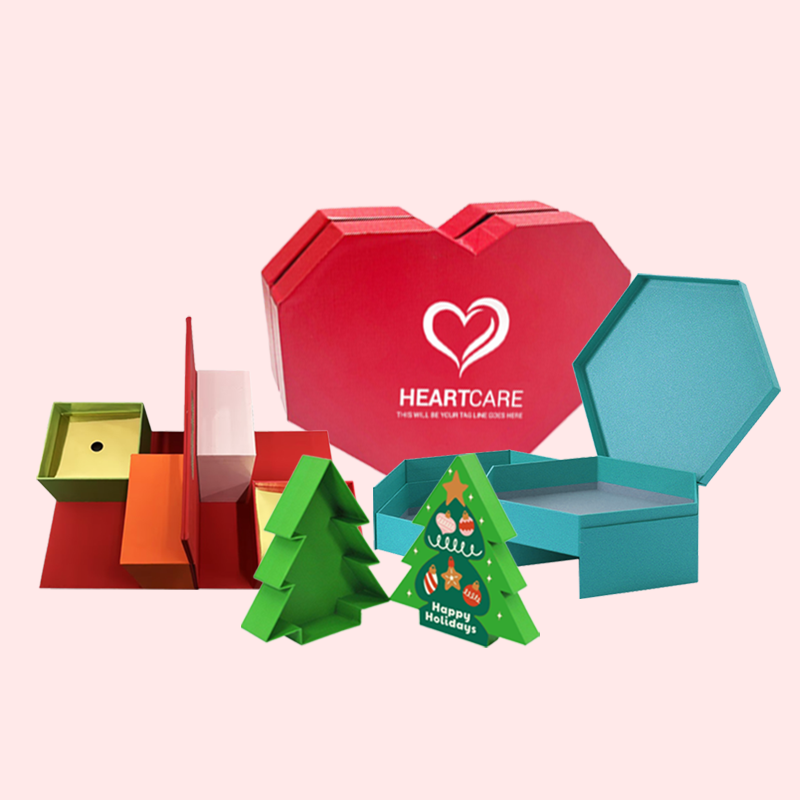Struggling to make your brand more sustainable? Your packaging is the perfect place to start, showing customers you care about the planet and building lasting loyalty.
Simply put, eco-friendly packaging involves using materials and manufacturing methods that have a low impact on the environment. This means choosing recycled, biodegradable, or reusable options1 that reduce waste and appeal to modern, environmentally conscious consumers.
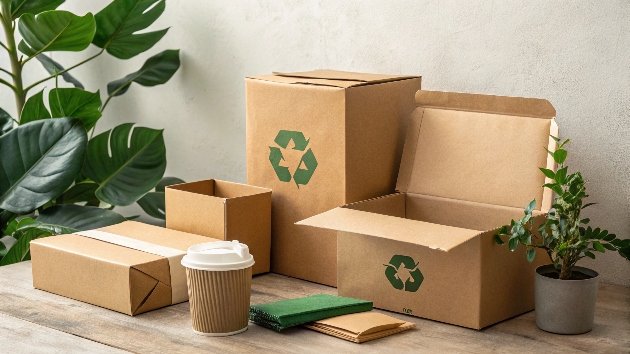
Making the switch to green packaging can feel like a major change, but it's one of the most visible ways to demonstrate your brand's commitment to sustainability. I’ve seen firsthand how this shift can transform a customer's perception. Let's break down how you can begin this important journey for your brand, step by step.
How can we make packaging more environmentally friendly?
Feeling overwhelmed by "going green"? Many think it's complex, but small, smart changes to your packaging can make a huge difference for the planet.
Focus on three key actions: using materials with a smaller environmental footprint2, designing packaging that minimizes waste, and ensuring it can be easily recycled or composted by the end consumer.
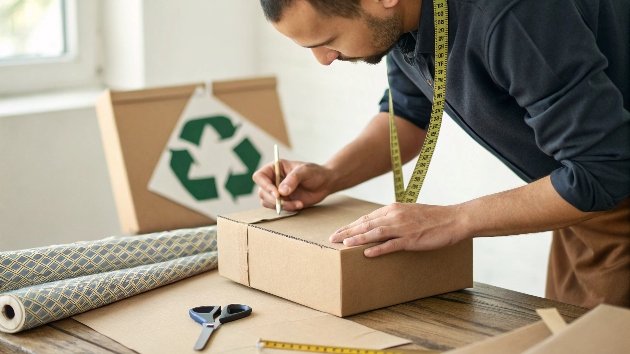
In my 16 years in this industry, I've seen paper boxes become the go-to for eco-conscious brands. They are popular for everything from cosmetics to electronics. They are a fantastic starting point for making packaging greener because they balance protection, cost, and sustainability.
1. Choose Smarter Materials
The material you choose is the foundation of green packaging. Paper and cardboard are excellent because they are often made from recycled content3 and are widely recyclable. For example, a simple kraft paper box is biodegradable and signals a natural, eco-friendly brand ethos. While paper isn't waterproof, a challenge we often solve with eco-friendly coatings, its benefits usually outweigh this single drawback.
2. Optimize the Design
"Right-sizing" is a term we use a lot. It means designing the package to fit the product perfectly, with no wasted space or unnecessary fillers. This not only reduces material use but also lowers shipping costs and emissions because you can fit more products into a single shipment. A minimal design approach4 also reduces ink usage, further lessening the environmental impact.
| Material | Best For | Key Benefit |
|---|---|---|
| Recycled Cardboard | E-commerce, retail products, food | High recyclability5, versatile |
| Mushroom Packaging | Protecting fragile items like electronics | Fully compostable, lightweight |
| Cornstarch Plastic | Food containers, loose-fill packaging | Biodegradable, plant-based |
What is green packaging in green marketing6?
Is your marketing message truly connecting with eco-conscious buyers? Your packaging is often the first thing they see, making it a powerful tool for your green strategy.
In green marketing, your packaging is a tangible promise of your brand's environmental values. It’s not just a container; it's a communication tool that instantly tells customers you are committed to sustainability.
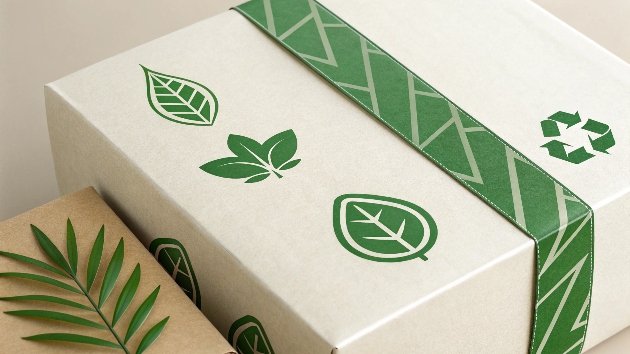
I work with designers like Peter all the time, and their goal is to create something that is both functional and tells a story. When a customer holds a box made from recycled materials, with simple, water-based ink printing, they aren't just holding a product. They are holding proof of your brand's values. This physical interaction builds a much deeper level of trust than a simple advertisement ever could. Green packaging acts as your silent salesperson on the shelf, working to attract the right audience.
This is especially true for products like organic foods or natural cosmetics. The packaging needs to match the product's promise. Using a plain, unbleached paper box for an organic skincare line reinforces the idea of purity and nature. It creates a cohesive brand experience from the moment the customer sees it online or in a store. We've found that simple design choices, like using a single-color logo or an embossed texture instead of heavy inks, can speak volumes about a brand’s dedication to minimalism and reducing its environmental footprint. Your package becomes an essential part of your brand narrative.
How does eco-friendly packaging7 help the environment?
Wondering if choosing a different box really makes a difference? The impact is bigger than you might think, affecting everything from forests to oceans and the air we breathe.
Eco-friendly packaging helps the environment by reducing landfill waste8, conserving natural resources9 like trees and water, lowering carbon emissions during production and transport, and minimizing pollution.
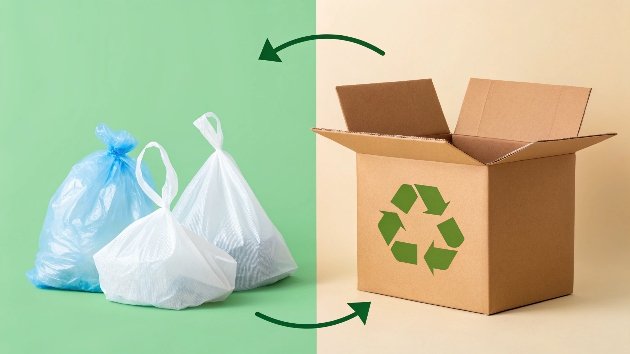
The benefits of switching to sustainable materials10 are real and measurable. My work has shown me that even a small business can make a big impact. When you choose materials like recycled cardboard, you are directly participating in the circular economy11.
Reducing Waste
Traditional packaging, especially single-use plastics, often ends up in landfills or, worse, our oceans. It can take hundreds of years to break down. In contrast, materials like paper and cardboard are biodegradable and easily recycled. When customers recycle paper boxes, the fibers can be used to create new boxes, significantly cutting down on the amount of waste sent to overflowing landfills.
Conserving Resources
Making products from scratch uses a lot of energy and raw materials. For example, producing new paper requires cutting down trees and using large amounts of water and energy. However, when we use recycled paper, we cut down fewer trees and use significantly less water and energy in the manufacturing process. Over the lifetime of a brand, this conservation adds up to a massive positive impact. It protects our natural forests and reduces the strain on our planet's limited resources.
How to choose eco-friendly packaging?
Ready to make the switch but not sure where to start? The number of "green" options can be confusing, but a clear process makes the choice much easier.
First, assess your product's specific needs for protection. Then, research materials based on their lifecycle and recyclability. Finally, choose a supplier who shares your commitment to sustainability.
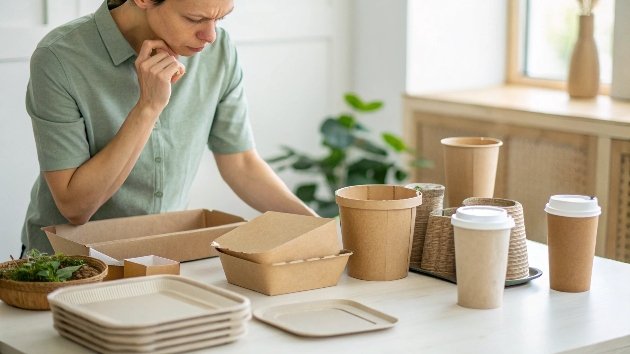
Choosing the right eco-friendly packaging is about finding the perfect balance. You need to protect your product, represent your brand well, and stay within budget, all while being kind to the planet. I always advise clients to think about the entire journey of their package, from our factory to their customer's home.
1. Assess Your Product’s Needs
Before looking at materials, understand what your product requires. Is it heavy or fragile? Does it need protection from moisture? A heavy item won't work in a thin paper box; it needs sturdy, corrugated cardboard. While paper boxes are not waterproof, they are perfect for many products like clothing or dry goods. Being honest about protection needs prevents damage and waste.
2. Evaluate Material Options
Once you know your needs, you can explore materials. Look beyond just "recyclable." Consider the entire lifecycle. Is the material made from renewable resources? How much energy does it take to produce? How easy is it for your customer to recycle? Paper and cardboard are great because most communities have paper recycling programs.
Your Eco-Packaging Checklist
| Consideration | Question to Ask | Good Example |
|---|---|---|
| Protection | Does this material sufficiently protect my product? | Corrugated for heavy items |
| Source | Is the material made from recycled or renewable content? | FSC-certified paper12 |
| End-of-Life | Can my customer easily recycle or compost this? | A simple, unlaminated paper box |
| Brand Alignment | Does the look and feel match my brand's values? | Natural kraft for an organic brand |
| Cost | Is this option financially sustainable for my business? | Bulk-purchased recycled boxes |
Conclusion
Switching to eco-friendly packaging is a powerful move. It reduces your environmental footprint2, strengthens your brand image, and connects you with today's conscious consumers.
-
Understand the benefits of reusable packaging and how it can contribute to a circular economy. ↩
-
Explore strategies to minimize your product's environmental footprint through smarter packaging choices. ↩ ↩
-
Discover the advantages of using recycled content in packaging and its positive effects on the environment. ↩
-
Understand the benefits of a minimal design approach in packaging and its impact on sustainability. ↩
-
Find out which materials are the most recyclable and how they can benefit your packaging strategy. ↩
-
Explore the connection between green marketing and packaging, and how it can enhance your brand's message. ↩
-
Explore how eco-friendly packaging can enhance your brand's sustainability efforts and attract eco-conscious consumers. ↩
-
Learn how eco-friendly packaging can significantly reduce landfill waste and its environmental impact. ↩
-
Discover how sustainable packaging choices can help conserve vital natural resources. ↩
-
Learn about various sustainable materials that can help reduce your environmental impact while maintaining product integrity. ↩
-
Understand the circular economy and its importance in sustainable packaging practices. ↩
-
Learn about FSC-certified paper and its significance in promoting sustainable forestry practices. ↩


